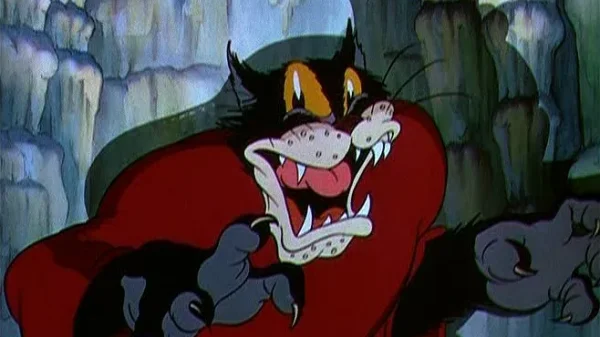John Ford’s 1964 Western, Cheyenne Autumn, marked a significant shift in his depiction of Native Americans, as he emphasized their point of view and ended the film with the Cheyenne people being respected and shown in a positive light. However, the film’s casting of Navajo actors to play the Cheyenne people raised concerns, as they spoke the wrong language, using Navajo instead of Cheyenne. The film’s storyline follows the Cheyenne people as they attempt an Exodus northward to their ancestral lands, tired of broken U.S. government promises. The story is based on Mari Sandoz’s non-fiction book of the same name, and it depicts the historic Northern Cheyenne Exodus, which was a bloody and intense journey that many of the Cheyenne people did not survive.
Ford’s casting choices for the film were unusual, as he did not hire any Cheyenne people to play the roles of the Cheyenne people. Instead, he cast Navajo actors, including Gilbert Roland and Ricardo Montalbán, who played the Cheyenne Chiefs. The Navajo actors spoke the Navajo language on screen, rather than Cheyenne, which has been widely criticized as a mistake.

A Still From John Ford’s Cheyenne Autumn (Photo: Cheyenne Autumn)
The film’s portrayal of Native Americans was significant for its time, as it departed from Ford’s usual depiction of Native Americans as antagonists. In his earlier films, Ford often used Native Americans as unseen or unnamed antagonists, and his characters often depicted Native Americans in a negative light. However, Cheyenne Autumn marked a shift towards a more respectful and positive portrayal of Native Americans.
Despite some positive responses, the film was largely panned by critics, who criticized its rambling and episodic storyline. However, the film’s ending, which shows the Cheyenne people riding off into their new lands, was seen as a significant departure from Ford’s usual Western tropes and a nod towards a more hopeful and redemptive view of Native Americans. This shift in Ford’s depiction of Native Americans was significant, as it marked a departure from his earlier films that often perpetuated negative stereotypes. Cheyenne Autumn’s portrayal of Native Americans as complex and multidimensional characters was a move away from the usual “cowboy and Indian” narratives that dominated the Western genre at the time. While the film was not without its flaws, its positive portrayal of Native Americans was a significant step forward in the representation of Native American characters in film.
























